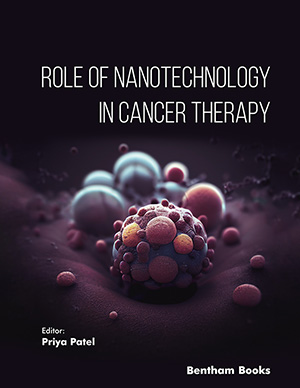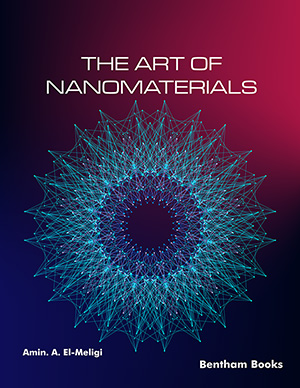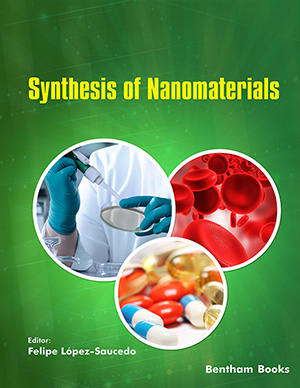Abstract
Cancer is one of the most common and distressing diseases. Cancer-related
mortality and prevalence have both grown in the last 50 years. Due to its intricacy and
progressive nature, cancer remains one of the most debilitating diseases in humans, and
clinical care for this lethal disease remains a challenge in the twenty-first century. New
and better cancer medicines are constantly needed. Due to the rising global incidence
of cancer, the development of novel alternatives to traditional medicines is unavoidable
to overcome constraints, such as limited efficacy, comorbidities and high cost.
Microneedle arrays (MNs) have just been introduced as an innovative, low-cost, and
minimally invasive technique. MNs can safely and precisely deliver micromolecular
and macromolecular pharmaceuticals, as well as nanoparticles (NPs), to tumor tissue.
However, only a few lipophilic pharmacological compounds with low molecular
weight and a rational Log P value were able to pass the skin barrier. Microneedles
(MNs) can circumvent these constraints by piercing the body's outermost skin layer and
delivering a variety of medications into the dermal layer. MN patches have been made
with a variety of materials and application methods. Recently, three-dimensional (3D)
printing “A touch button approach” gives the prototyping and manufacturing methods
the flexibility to produce the MN patches in a one-step manner with high levels of
shape complexity and duplicability.
Keywords: Additive Manufacturing, Anticancer Therapy, Cancer, Dosage Form, Evaluation Parameters, Structure of Skin, Fabrication, Material, Method, Microneedle Arrays, Microneedle Drug Delivery System, Novel Drug Delivery, On-demand Manufacturing, Three-dimensional Technology, Transdermal Drug Delivery System, Transdermal Enhancement Techniques, Patient-centric Formulation, Personalized Medicine, Pharmaceutical Printing, Target Therapy.



















